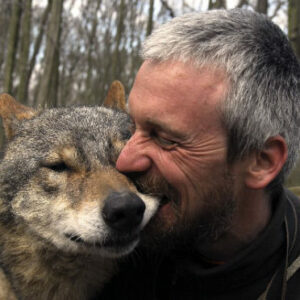The European Wildcat (Felis silvestris) is currently listed as one of the most vulnerable carnivore species in Europe, which is at risk of genetic introgression due to hybridization with domestic cats. Even from a global perspective, in the Carpathian Mountains and Transylvania live significant wildcat populations. In the past years, we began a morphological and genetic study of the wildcat in Romania, primarily to determine the degree of hybridization. The analysis of the genetic purity of the individuals is based on morphological markers. Tissue samples are taken mainly from road kill victims and we also use hair traps to get hair samples. The genetic analysis is carried out by Senckenberg Research Institute and the Natural History Museum in Frankfurt. The results obtained so far are encouraging. It seems that, at least in Transylvania, hybridization with domestic cats is a relatively rare phenomenon, which proves the existence of a healthy wildcat population.
Publications:
Brix, M., Domokos, Cs., Hegyeli, Zs., Ramos, L., Tiesmeyer, A. 2016. Assessing the status of the European wildcat (Felis silvestris) by non-invasive hairtraps. X. MTBK Műhelytalálkozó: „Zászlóshajók, karizmák és esernyők: mit tehet az emlőskutatás a természetvédelemért” absztrakt-kötet: 55.
Nowak, C., Jarausch, A., Brix, M., Chiriac, S., Corradini, A., Domokos, Cs., Frosch, C., Gazzola, A., Hegyeli, Zs., Munoz-Fuentes, V., Pop, I.-M., Sin, T., Tiesmeyer, A. 2016. Genetic approaches in wildlife monitoring – examples from wolves, bears and wildcats in Romania and Germany. The Eighth International Zoological Congress of “Grigore Antipa” Museum (CZGA 2016), 16-19 November 2016, Bucharest, Romania.





























